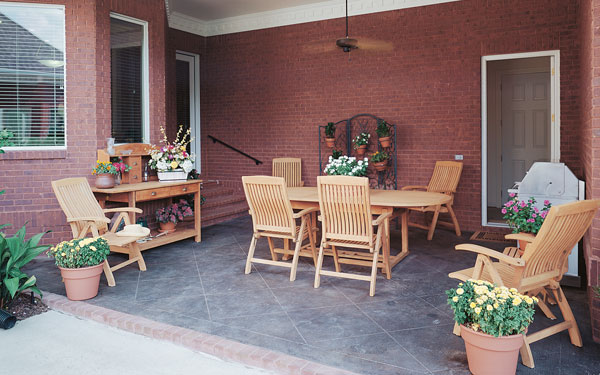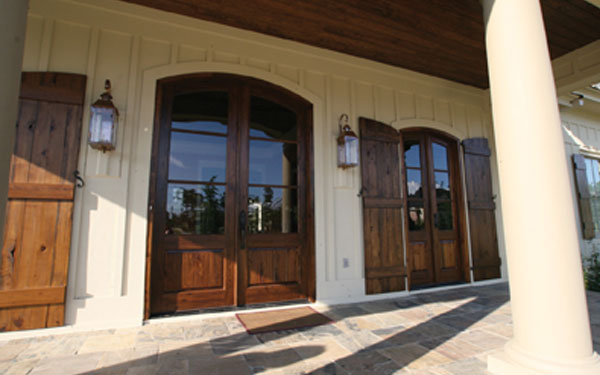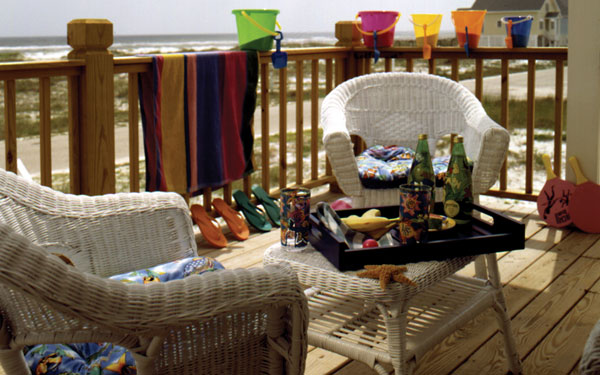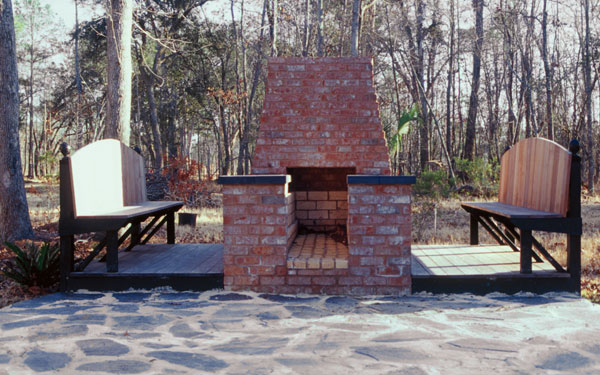 by Jennifer Jones
by Jennifer Jones

View This House Plan
View Other Luxury House Plans
Summer has arrived and it is time to invite everyone you know over for summer evenings on the patio. That is, it would be if you had a patio. When it comes to setting up your outdoor living situation, the patio floor may be the last thing on your mind, but is often one of the first things noticed.

View This House Plan
View more Craftsman House Plans
Depending on your patio’s use, the flooring material can go in a number of directions:
- Concrete – Concrete (cement) is the material most homeowners first think of when they think of a patio. Fortunately, the dated look of large grey or red concrete slabs is long past. Today’s concrete can be mixed into a number of colors and textures depending on budget and level of professional involvement. Some are even manipulated so as to look like natural stone for just a fraction of the real thing’s cost. It is important to be aware of concrete patios in colder climates due to the possibility of fracture and hot climates as concrete generates heat. Mild climates are ideal for concrete.
- Tile – Tile patios are decorative and perfect for ornate outdoor living situations that may include pools or spas. However, tile is expensive and extremely fragile in any cold. The freeze and thaw cycle can be detrimental to concrete making it impossible to maintain. Tile can be great for incorporating around water fixtures to break up the monotony or provide boundaries of a patio floor.
- Natural stone – Natural stone, such as granite, is lovely but like tile, is rather expensive. A more economical approach to natural stone patios is the use of fractured pieces to create a mosaic look for less cost than whole pavers.
- Wood – Wood flooring has a charming backyard look but can be tricky to weatherproof and maintain. Most wood flooring takes place in the form of a low patio deck rather than a typical walkout patio.
- Interlocking pavers – Interlocking pavers are the most popular trend in backyard patios. These squares require little hardware to install, are cost effective, and can go over old concrete or other solid surfaces. With the appearance of woods or stones, these pavers are designed to drain away moisture so as to negate mildew and rot issues.

View This House Plan
View Other Beach or Coastal House Plans
So which material is best for you? First, take a look at the use of your patio. Is it mostly for lounging or does it need to withstand all that comes along with kids in the backyard? Will you be able to provide regular maintenance or is it better if the patio requires very little care on your behalf? How about the space designated for the patio? Large patios are going to cost more by design. Be aware of what materials your budget can cover. Also, is this a project that you are taking on alone? Some materials require professional installation. Do not take on a project that is beyond your scope of ability. It will cost a great deal to maintain or correct a bad installation.

View This House Plan
View Other Country House Plans
Take your time while shopping around for the perfect patio material, keeping in mind what you like and what you need. Armed with all the right information, your backyard patio will soon be ready for the summer ahead.
Here are some related articles:
Save this article to:
back to top